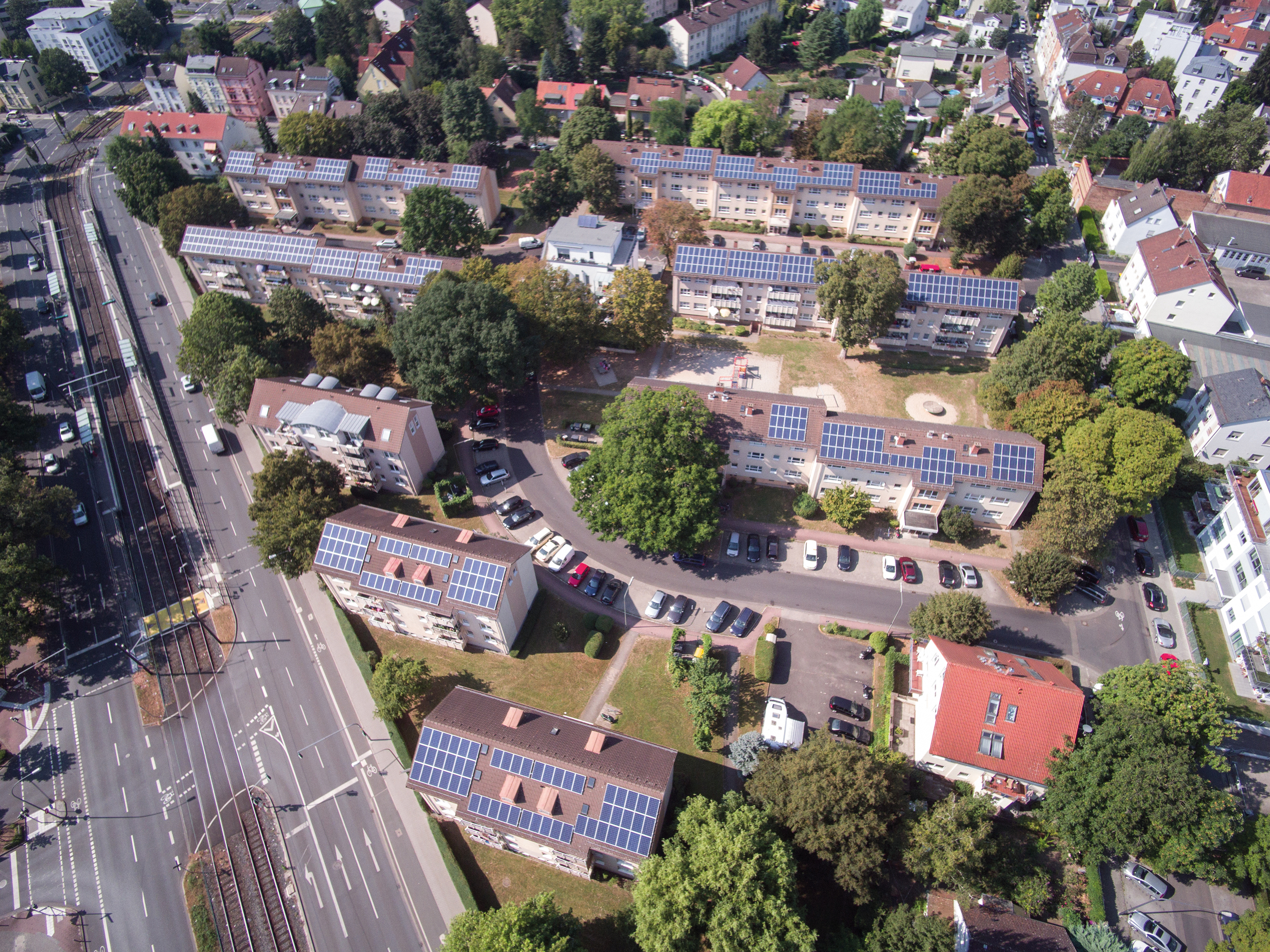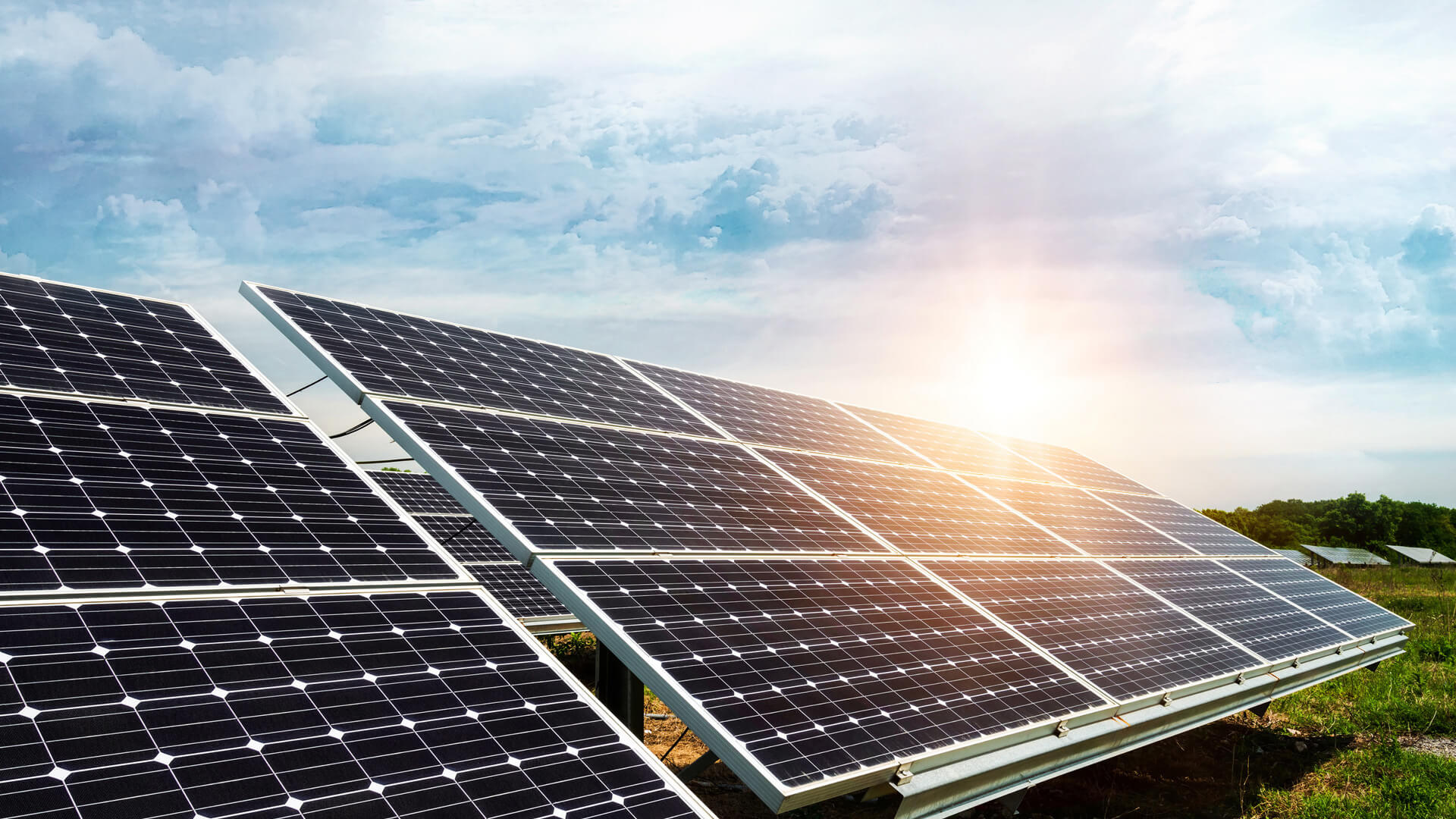In 2020, 184,000 new solar power systems with a capacity of almost five giga-watts were installed in Germany (previous year: 3.8 GW). There was record con-struction among homeowners and a doubling of solar demand. The solar in-dustry expects politicians to place greater emphasis on solar technology in the energy transition in the future.
Last year, around 184,000 new solar power systems with an output of around 4.9 gigawatts were installed in Germany. This was a 27.6 percent increase in newly in-stalled photovoltaic capacity over the previous year, according to the German Solar Association (BSW), based on data from the Bundesnetzagentur, Germany Federal Network Agency. According to the report, demand from homeowners was particularly strong. Here, the industry association registered a plus of 99 percent compared to 2019, which amounts to close to a doubling of demand.
Solar systems have once again proved to be the most popular energy transition technology. Never before have more solar power systems been installed on private rooftops. According to BSW estimates, this latest solar boom has been brought on by a significant building of environmental awareness, the striving of many consum-ers for more energy independence, significantly lower solar technology prices and an increasing shift to electric mobility.
The solar industry is also registering a growing willingness among politicians to place even greater emphasis on solar technology in the energy transition in the future. “We’re moving in the right direction,” says BSW Executive Director Carsten Körnig. “However, we are still too slow to immunize against climate change. Five gigawatts of PV additions in a year were five gigawatts too little.” To avoid a climate protection and electricity generation gap, Körnig warns, the addition of photovoltaic systems must now be increased by a factor of two or three, across all market segments.
The current figures show an overwhelming acceptance of solar technology and a willingness to invest among private consumers and in the economy. According to Körnig, it is no longer in keeping with the times that demand for solar power systems is being artificially limited in part by market barriers imposed by policymakers.
Körnig is convinced that “a solar turbo could be ignited in the short term if just a few energy policy levers were pulled.” Proof of this are the photovoltaic auctions (which investors of larger solar parks must successfully participate in to receive market premiums), which are regularly oversubscribed many times over.
According to market researchers, a doubling to tripling of the annual PV expansion rate would be necessary to prevent a power generation gap. This would otherwise occur in as little as two to three years and necessitate an extension of the operating lives of fossil-fuel power plants, which is not justifiable in terms of climate policy. At the end of last year, scientists at Fraunhofer ISE calculated that the expansion of photovoltaics – depending on consumer behavior – would have to be accelerated to around 10 to 15 gigawatts per year in the near future in order to achieve the EU’s new climate targets (CO2 reduction of 55 percent by 2030 relative to 1990 levels).
In 2020, no other form of energy for electricity generation grew faster than photo-voltaics. This is according to a recently published annual report by the energy in-dustry. Every tenth kilowatt hour generated in Germany last year came from solar energy and the nearly two million solar power systems now already installed. By the end of the decade, the German government wants to double solar power plant capacity. Energy and climate scientists believe a tripling is necessary.
Background and further details
At the end of 2020, the Bundesnetzagentur (BNetzA), Germany’s Federal Network Agency, registered a total cumulative photovoltaic capacity of 54 gigawatts. According to Fraunhofer ISE, the approximately two million solar power systems provided around 10.4 percent of net electricity generation in Germany. According to the BNetzA data now published, the market development in the three key PV market segments for the full year 2020 was as follows:
In the photovoltaic market segment below a capacity limit of ten kilowatt peak (kWp), 151,700 PV systems with a total PV capacity of 1,131 megawatts (MW) were newly installed last year. In the previous year, 2019, there were only 77,100 systems with a capacity of 570 MW; in 2011, the strongest year to date, there were 120,000 solar power systems with a capacity of 700 MW. This 99 percent year-on-year in-crease in capacity within the PV market segment, which is predominantly attributed to the owner-occupied segment, resulted in its share of the overall market increasing from 15 to 23 percent.
Under the impact of the pandemic and due to significantly lowered market premi-ums, the commercial PV system segment in the power class from 10 to 750 kWp recorded lower growth in 2020. At 2,887 MW, the newly installed PV capacity here grew by 6 percent compared to the previous year 2019.
In the PV power class above 750 kWp, newly installed solar power capacity increased by 61 percent, or 867 MW, almost all of which was accounted for by ground-mounted solar parks. This growth resulted from the special tenders, which led to a significant increase in the auction volume from 2019, according to BSW.



